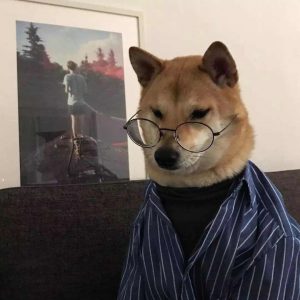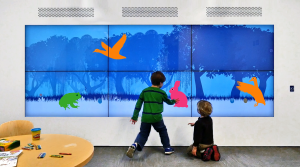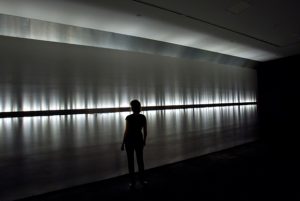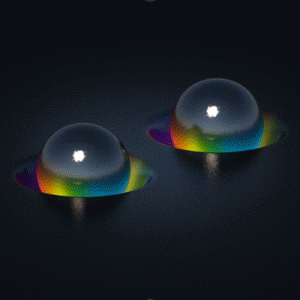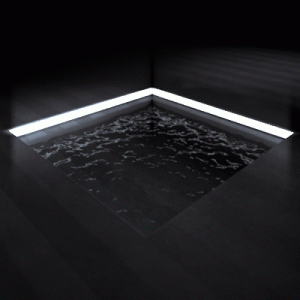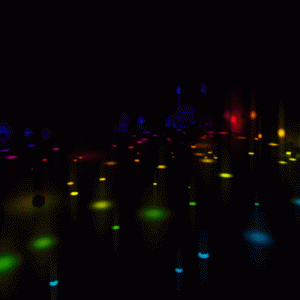function setup() {
createCanvas(600, 600);
background(255, 179, 179);
}
function draw(){
//Hair
noStroke();
fill(0);
rect(100, 160, 400, 480);
//Ears
noStroke();
fill(255, 204, 153);
ellipse(110,290,70,100);
ellipse(490,290,70,100);
//Clothes
fill(209, 209, 224);
rect(220, 480, 155, 300);
fill(164, 164, 193);
rect(260, 550, 5, 50);
rect(330, 550, 5, 50);
//Face + neck
fill(255, 204, 153);
arc(300, 480, 50, 50, 0, PI);
rect(280, 450, 40, 30);
ellipse(300,270,370,370);
//Facial Expression
fill(0);
ellipse(200,240,45,10);
ellipse(390,240,45,10);
ellipse(200,295,90,60);
ellipse(390,295,90,60);
fill(256);
ellipse(200,295,80,50);
ellipse(390,295,80,50);
fill(0);
rect(370, 270, 40, 50);
rect(180, 270, 40, 50);
//Nose
rect(290, 300, 5, 70);
rect(300, 400, 20, 5);
//Sleeves
fill(209, 209, 224);
rect(250, 480, 20, 30);
rect(330, 480, 20, 30);
//Side hair
fill(0);
rect(110, 220, 20, 200);
rect(470, 220, 20, 200);
//Glasses
fill(77, 51, 0);
rect(100, 250, 10, 80);
rect(270, 250, 10, 80);
rect(100, 250, 180, 10);
rect(100, 330, 180, 10);
rect(270, 280, 40, 10);
rect(310, 250, 10, 80);
rect(480, 250, 10, 80);
rect(310, 250, 180, 10);
rect(310, 330, 180, 10);
//Bangs
fill(0);
translate(280/2, 130/2);
rotate(1/2.1);
ellipse(250, -50, 280, 130);
translate(280/2, 130/2);
rotate(-1/1.05);
ellipse(10, -50, 280, 130);
//sprout
fill(0, 256, 0);
translate(280/2, 130/2);
rotate(1/2.1);
ellipse(250, -50, 100, 60);
}
So I know some basic coding but I never really thought about how you could code shapes to make art so this was really interesting to try. I designed my self portrait on photoshop first and then tried to mimic what I drew using code.
![[OLD FALL 2017] 15-104 • Introduction to Computing for Creative Practice](../../../../wp-content/uploads/2020/08/stop-banner.png)
